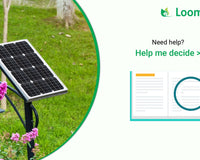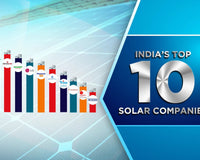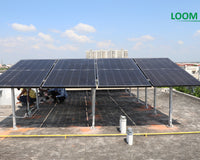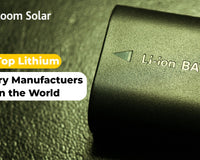An "on-grid" solar inverter and an "off-grid" solar inverter are both important parts of a solar power system, but they work differently.
-
On-Grid Solar Inverter:
- Imagine your home is connected to the regular electric grid, like most houses are.
- An on-grid solar inverter is like a traffic cop for the electricity produced by your solar panels. It manages the electricity from your solar panels and sends it directly into your home to power your lights and appliances.
- If your solar panels produce more electricity than you use, the excess electricity can be sent back to the grid, and you might even get a credit or payment for it on your electric bill.
-
Off-Grid Solar Inverter:
- Now, picture a remote areas or a place where there's no regular electric grid connection.
- An off-grid solar inverter is like a mini power station. It takes the electricity generated by your solar panels and stores it in batteries.
- Then, when you need electricity, like at night or on cloudy days when the sun isn't shining, the inverter takes the stored electricity from the batteries and provides power to your home.
- This is great for places that are far from the regular electric grid because it allows you to have electricity even when the sun isn't out.
So, the big difference of both the solar inverter is that an on-grid solar inverter is for homes connected to the regular electric grid, while an off-grid solar inverter is for places that are independent and generate their own electricity without being connected to the grid.












